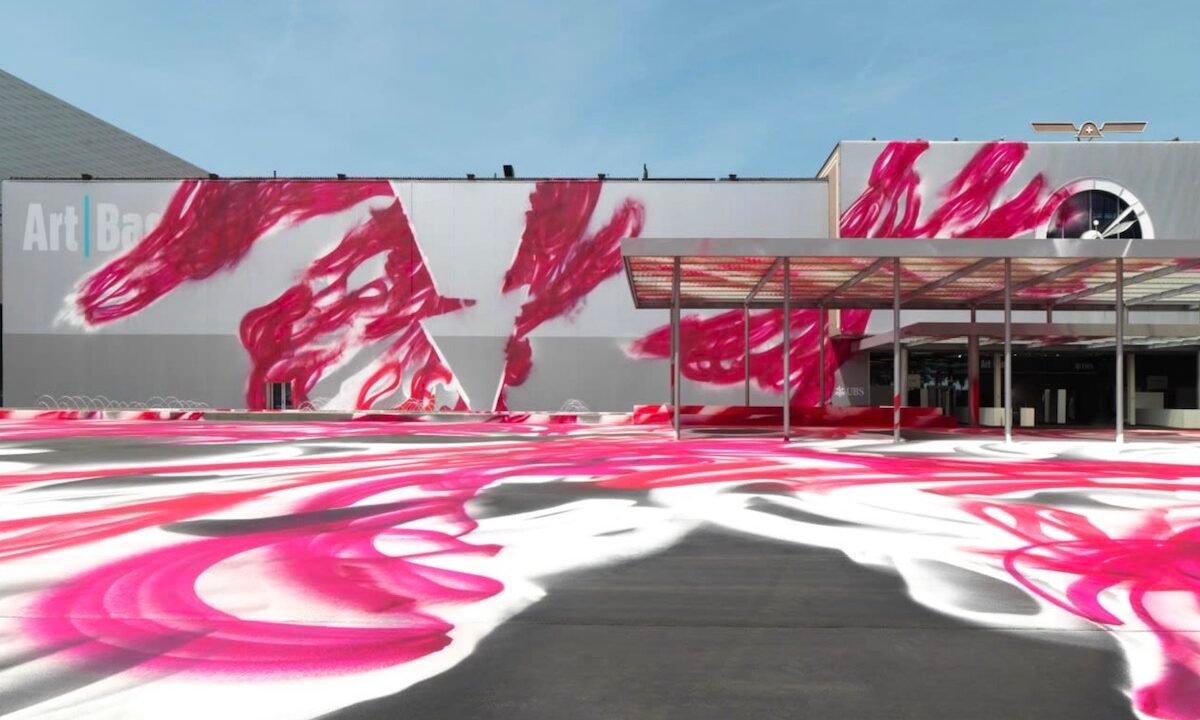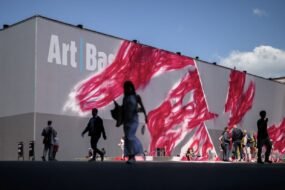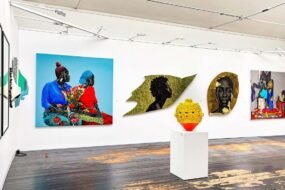
As Art Basel’s VIP days concluded on Wednesday evening, the 55th edition of the fair—featuring nearly 300 galleries—transitioned smoothly into its public opening. With many top collectors already departing, the early indicators suggest a robust, yet nuanced, performance. Seven-figure sales proliferated, though the absence of a frenzied buying atmosphere marked a distinct shift from previous years.
Blue-Chip Dominance and High-Value Sales
The mega-galleries delivered predictable strength, with David Zwirner securing two of the fair’s highest reported transactions: a 1955 Ruth Asawa sculpture for $9.5 million and a Gerhard Richter painting for $6.8 million. Pace Gallery placed Agnes Martin’s Untitled #5 (2002) above $4 million, while Gagosian, ever discreet, declared sales at “all price points” as “outstanding.”
Gladstone Gallery reported brisk business, moving a 1983 Keith Haring for $3.5 million, a Sigmar Polke acrylic at $1.75 million, and Alex Katz’s Lillies 11 (2025) for $1.2 million. Georg Baselitz remained in high demand, with White Cube and Thaddaeus Ropac each selling major works for over €2 million.
Yet some of the most expensive pieces remained on hold by Wednesday’s close. Hauser & Wirth’s standout—a rarely seen 1962 Rothko, *No. 6/Sienna, Orange on Wine*—was withheld from pre-fair materials, and its price remains undisclosed. A comparable Rothko from the same period last sold at auction for between $30 and $ 50 million. Similarly, Pablo Picasso’s Mousquetaire à la Pipe (1968) lingered in negotiations, though a related work fetched $34.7 million at Christie’s in 2021.
Pace’s $30 million Picasso, Homme à la pipe assis et amour (1969), and a Joan Mitchell priced between $15–20 million were also reserved, signalling sustained appetite for trophy works—albeit at a measured pace.
A More Subdued Energy
The fair’s rhythm felt palpably different this year. “There’s less competition for the hottest pieces,” noted art advisor Jacob King. “Works that would’ve vanished instantly in past editions were still available by day two.” New York dealer Andrew Kreps attributed the cooler climate to fewer U.S. collectors. “American buyers move faster. Without them, the temperature drops.”
Basel’s increasingly regional character also played a role. Just as Miami leans Latin American and Hong Kong skews Asian, this year’s Swiss iteration felt distinctly European. “There’s activity, just at a different rate,” Kreps observed.
Nicholas Maclean, another advisor, pointed to the strategic glut of Picassos across mega-galleries as a hedge against a “thinner” market. “Dealers have to spread potential interest,” he said, noting the prevalence of “commodified” works by Picasso, Basquiat, and Magritte.
A Return to Basel’s Roots?
Veteran dealer Tim Blum, exhibiting on the main floor for the first time in 25 years, likened this year’s atmosphere to a trade show, reminiscent of Basel’s scrappier ‘80s era. “There’s a lot of dealer-to-dealer conversation,” he said. “If anyone claims this fair isn’t different, they’re lying.”
Art Basel CEO Noah Horowitz framed the shift positively, suggesting a deeper engagement with the art itself. He highlighted the fair’s broadening demographics, with younger collectors treating Basel as a “rite of passage.” Unlimited, once dominated by older European male artists, now showcases Diane Arbus, Lorna Simpson, and Felix Gonzalez-Torres alongside voices from Lebanon, Greece, and Russia.
Notable Sales and Market Resilience
Thaddaeus Ropac expressed surprise at the pace of sales, given recent geopolitical and economic turbulence. His gallery moved Georg Baselitz’s Hier jetzt hell, dort Dunkel Dunkel (2012) for €1.8 million and James Rosenquist’s Playmate (1966) for $1.8 million to a European institution.
Hauser & Wirth placed two new Mark Bradford canvases at $3.5 million each and George Condo’s Streets of New York (2025) for $2.4 million. “Basel remains the absolute leader of art fairs worldwide,” declared president Marc Payot.
Smaller galleries also thrived. Karma sold Matthew Wong’s The Smoke (2017) for $1.2 million, while Edel Assanti sold out Lonnie Holley’s stand in Premiere. Perrotin reported sell-out demand for Genesis Belanger and Izumi Kato.
A Market in Flux, But Far From Fragile
Art Basel director Vincenzo de Bellis described the fair’s start as “solid and reassuring,” with robust activity across price points. The second floor, traditionally home to younger galleries, saw stronger traffic than in past years—a sign of shifting collector priorities.
The question of U.S. attendance loomed large in pre-fair chatter, but dealers dismissed concerns about competition from Paris. “In Basel, you come for the fair,” Payot said. “Paris is a distraction.”
Top Reported Sales
$9.5M – Ruth Asawa, Untitled (c. 1955), David Zwirner
$6.8M – Gerhard Richter, David Zwirner
$3.5M – Mark Bradford, Ain’t Got Time to Worry (2025), Hauser & Wirth
$3.5M – Keith Haring, Untitled (1983), Gladstone
In an era of geopolitical and economic uncertainty, Art Basel 2025 demonstrated that the art market—while evolving—remains resilient. The fair’s ability to balance blue-chip surety with emerging energy suggests a path forward, even as the landscape continues to shift.
Tags
Art Basel 2025, Art Basel Report, Dealer’s buzz, report, sales








